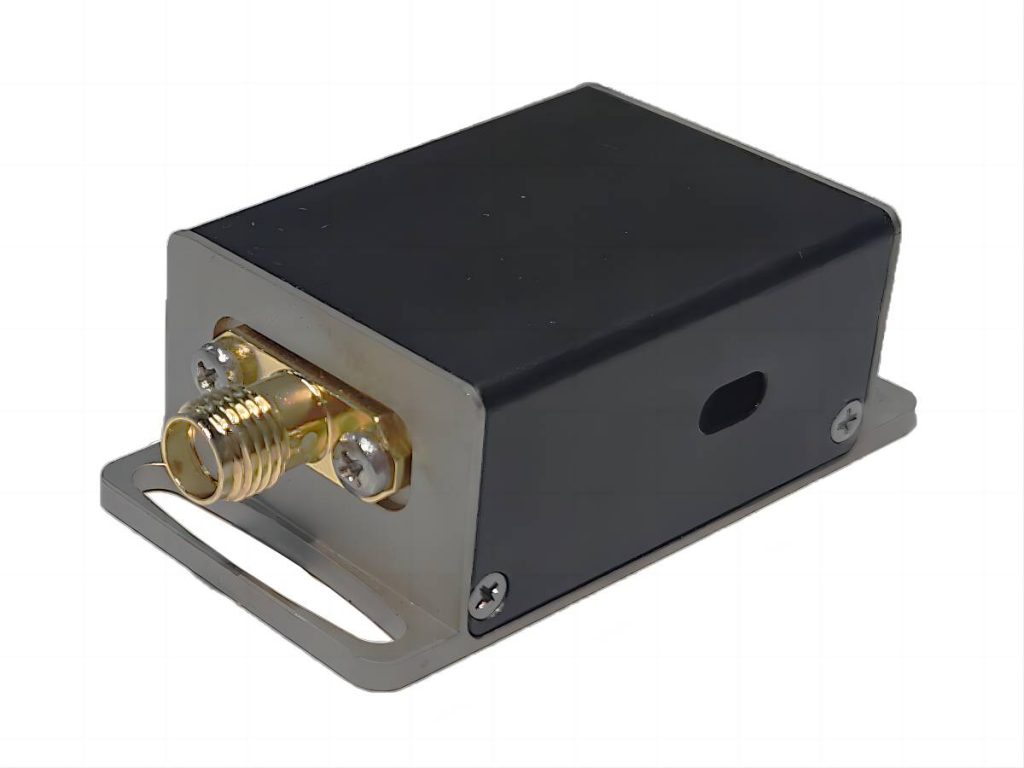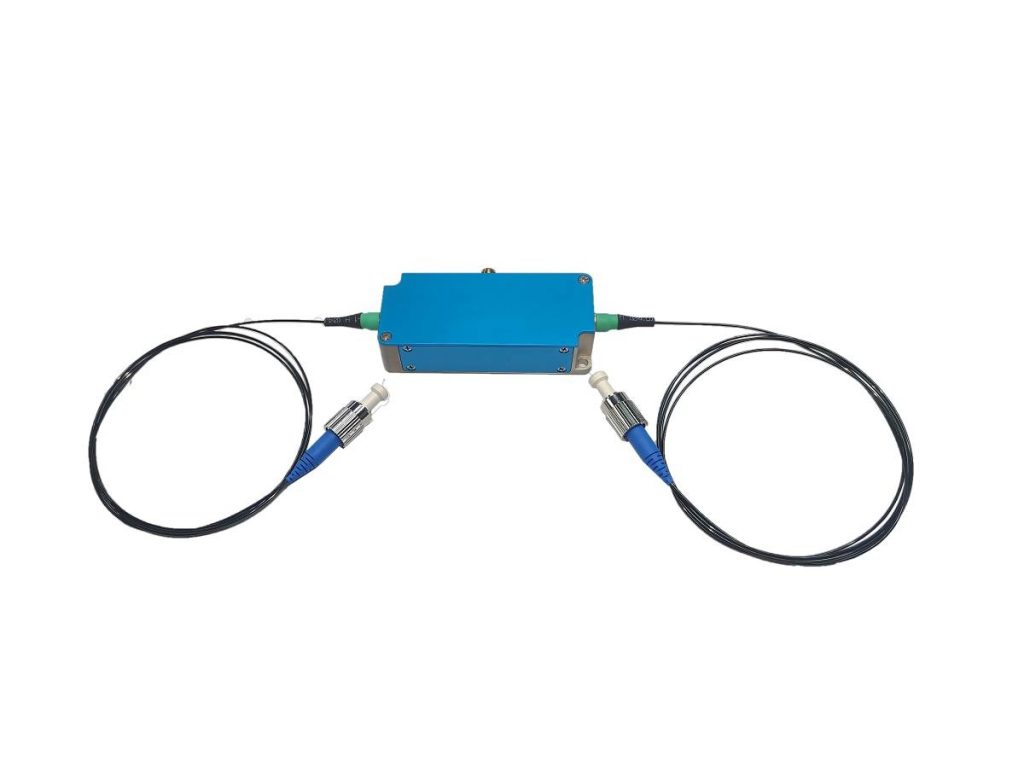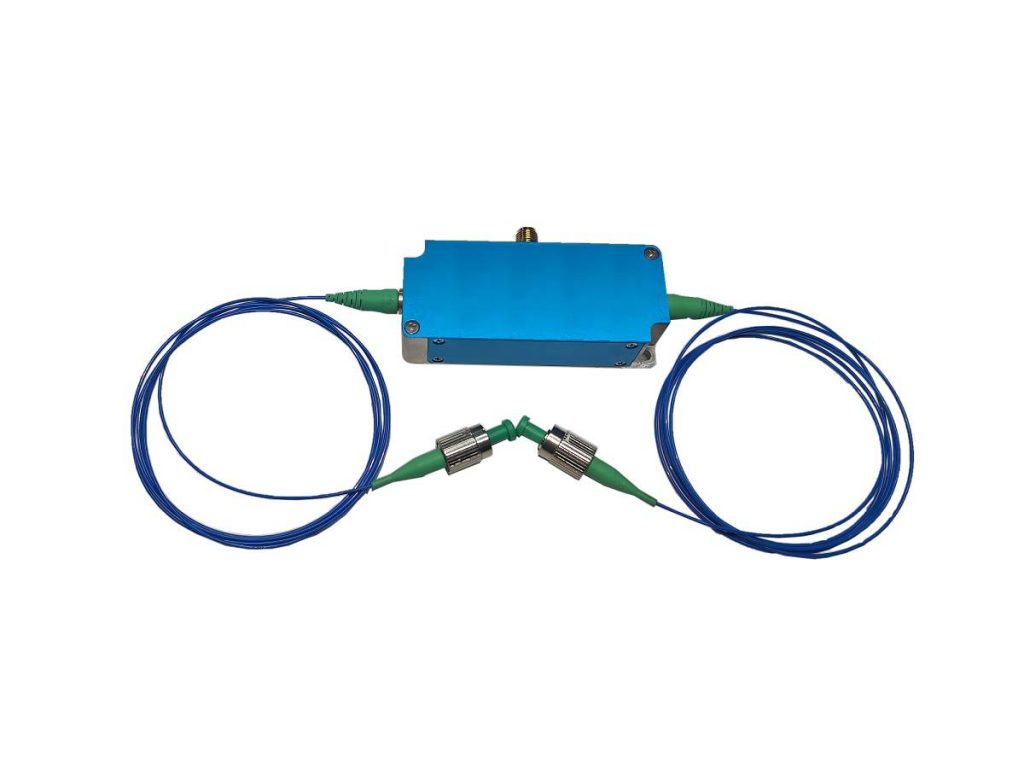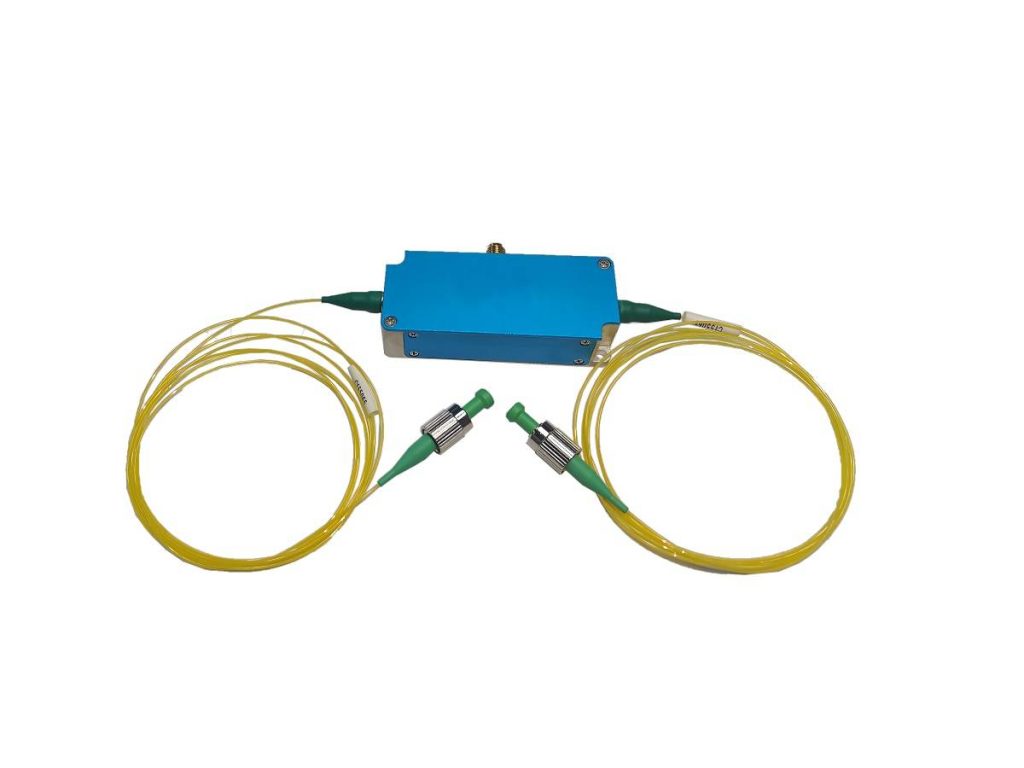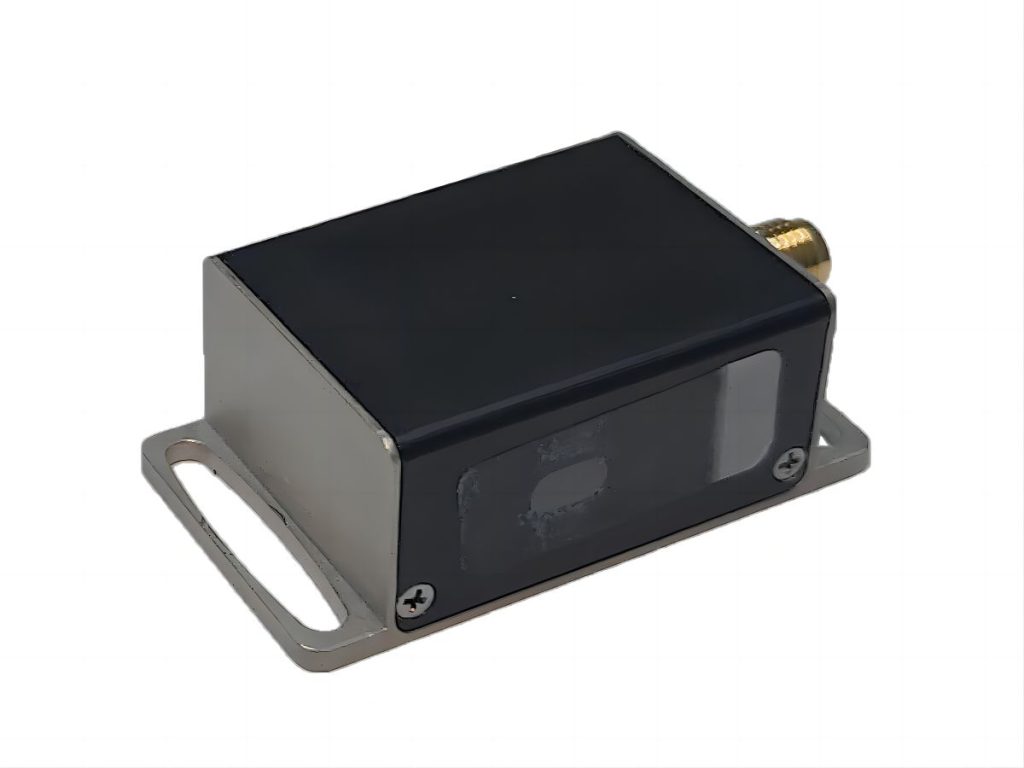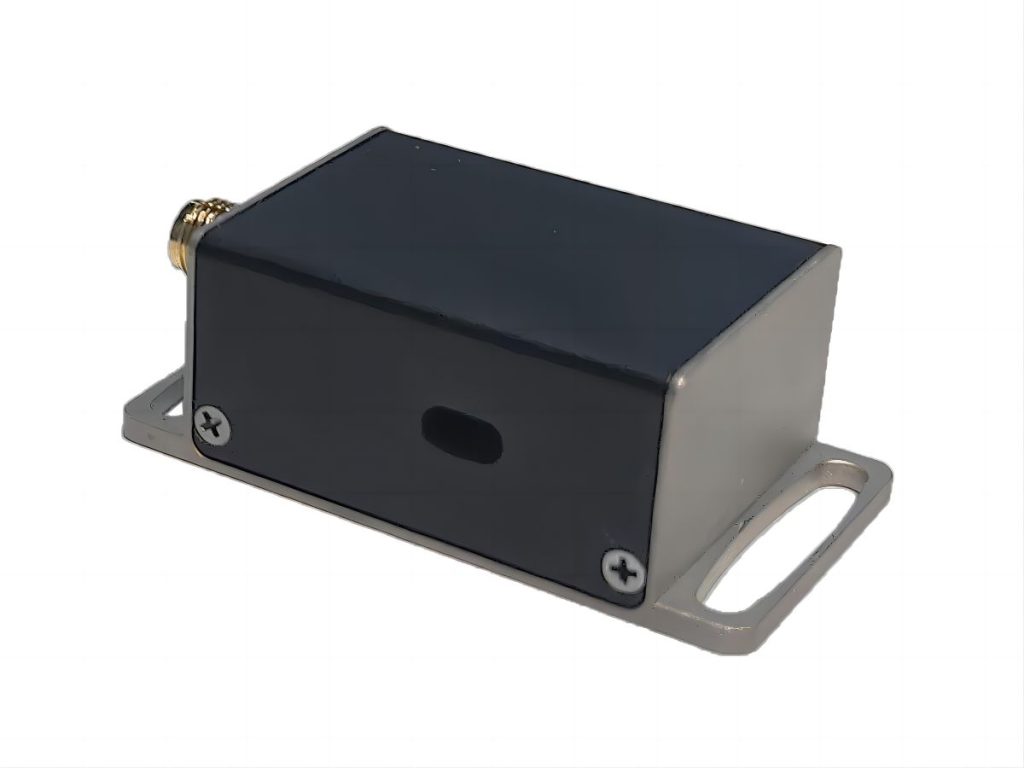Passive Components and AOMs in Fiber Optics
At the core of fiber optic communication systems are active components like lasers and modulators, but the performance and reliability of these systems also heavily depend on fiber optic passive components. These components, while often overlooked, play a crucial role in manipulating, distributing, and controlling optical signals.
Follow SMART SCI & TECH to get into the world of passive components in fiber optics. We will explore some of the most common types, discuss their functions, and address frequently asked questions about their interaction with Acousto-Optic Modulators (AOMs). By understanding the interplay between these components, we can gain valuable insights into the design and optimization of fiber optic communication networks.
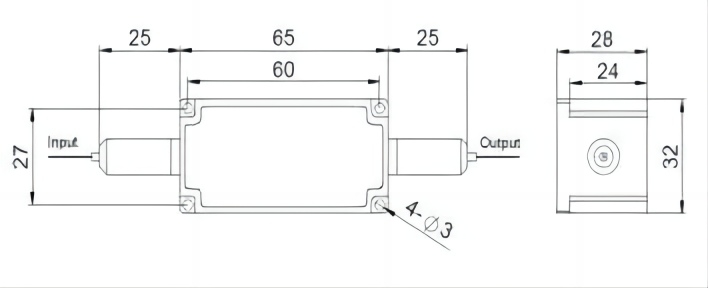
Some Common Types of Passive Components in Fiber Optics
- Passive components in fiber optics are essential elements that do not require external power to function. They play a crucial role in manipulating, distributing, and controlling optical signals within a fiber optic communication system. Here are some common types of fiber optic passive components:
- Optical couplers: These devices divide or combine optical signals from multiple fibers. They can be used to create optical networks, power splitters, and wavelength multiplexers.
- Optical splitters: These are specialized couplers that divide an optical signal into multiple equal or unequal parts. They are commonly used in passive optical networks (PONs) to distribute signals to multiple subscribers.
- Optical attenuators: These components reduce the power of an optical signal. They are used to control the signal level, prevent damage to sensitive components, and match the signal power to the receiver’s sensitivity.
- Optical isolators: These devices allow light to pass in only one direction, preventing reflections from interfering with the signal. They are used to protect optical sources from back reflections and improve system stability.
- Optical connectors: These components are used to connect optical fibers together. They ensure a reliable and efficient connection between the fibers.
These are just a few examples of the many types of passive components used in fiber optics. The choice of fiber optic passive components depends on the specific requirements of the application, such as the desired signal distribution, power levels, and polarization state.
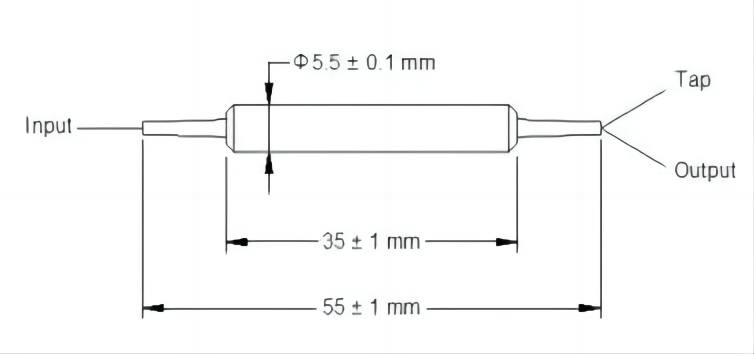
FAQs About Passive Components and AOMs in Fiber Optics
Q1: How Do Passive Components Work with AOMs in Fiber Optics?
Fiber optic passive components facilitate the physical connection between optical fibers, split signals for distribution, and adjust signal levels to maintain optimal power. These components are designed to be non-electrical, ensuring low signal loss and high compatibility with different optical systems. Connectors ensure precise alignment and coupling of fibers, minimizing signal degradation during transmission. Couplers and splitters distribute signals to multiple paths, enabling parallel data transmission and enhancing network capacity. Attenuators control signal strength, preventing signal distortion caused by excessive power levels. Each passive component is optimized for minimal insertion loss and reflection, ensuring high signal integrity.
Acousto-optic modulators, on the other hand, are active devices that manipulate light signals using acoustic waves. They are particularly useful for frequency shifting, intensity modulation, and wavelength switching. AOMs utilize the acousto-optic effect, where acoustic waves in a medium cause a diffraction pattern that interacts with the light, altering its properties. In fiber optic systems, AOMs can be used for dynamic signal routing, allowing for flexible network configurations. They can shift the frequency of light signals, enabling wavelength division multiplexing (WDM) techniques to increase channel capacity. AOMs also modulate signal intensity, facilitating the encoding of information onto the light for transmission.
The synergy between fiber optic passive components and AOMs is evident in their collaborative optimization of signal transmission. Passive components ensure the integrity and distribution of signals, while AOMs provide dynamic control and modulation capabilities. For instance, in a WDM system, passive wavelength division multiplexers split and combine signals at different wavelengths, while AOMs can be used to dynamically allocate these wavelengths based on network demands. This combination maximizes bandwidth utilization and supports high data rates.
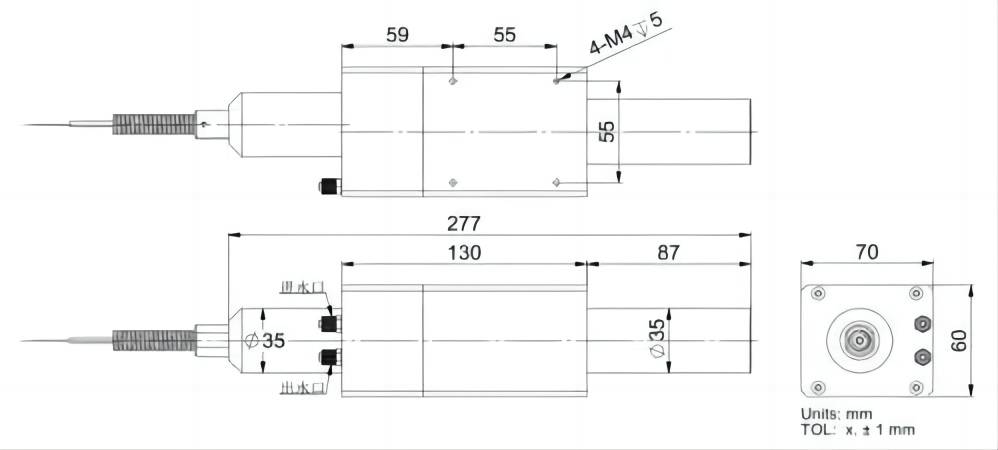
Q2: Do AOMs in High-Speed Fiber Optics Need Specific Passive Components?
The application of acousto-optic modulators (AOMs) in high-speed fiber communications is indeed contingent upon specific designs of passive component configurations. Fiber optic passive components in fiber optic systems, such as connectors, couplers, attenuators, and splitters, play a pivotal role in managing the physical path and signal levels of light as it travels through the fiber network. The design of these components must account for the specific requirements of AOMs, including the need for precise alignment, minimal insertion loss, and the ability to handle the frequency shifts and modulation effects introduced by AOMs.
For instance, the use of AOMs in frequency shifting applications requires passive components that can maintain signal integrity across the shifted frequency bands. This may involve the use of specialized filters or wavelength division multiplexers (WDM) that are designed to work in conjunction with the new frequency spectrum. Similarly, the dynamic nature of AOMs in signal routing and intensity modulation necessitates passive components that can accommodate rapid changes in signal direction and strength without degrading performance.
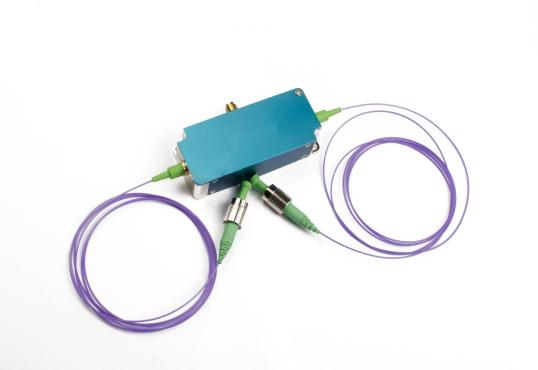
Q3: How Do Passive Components Affect AOM Performance?
The integration of passive components significantly affects the performance of acousto-optic modulators (AOMs) in long-distance or high-bandwidth fiber optic applications. In long-distance communications, passive components must be designed to handle the cumulative effects of signal attenuation over extended fiber lengths. Connectors, for example, must ensure precise alignment and coupling with minimal insertion loss to prevent signal degradation. Attenuators are crucial for managing signal strength and preventing power levels from exceeding the dynamic range of AOMs, which could lead to signal distortion or damage to the modulators.
In high-bandwidth applications, the impact of fiber optic passive components on AOM performance is critical. These systems often require complex signal routing and modulation formats to maximize data rates. AOMs are used for tasks such as frequency shifting and intensity modulation, but their effectiveness is contingent upon the stability and accuracy of the passive components that manage signal distribution and power levels.
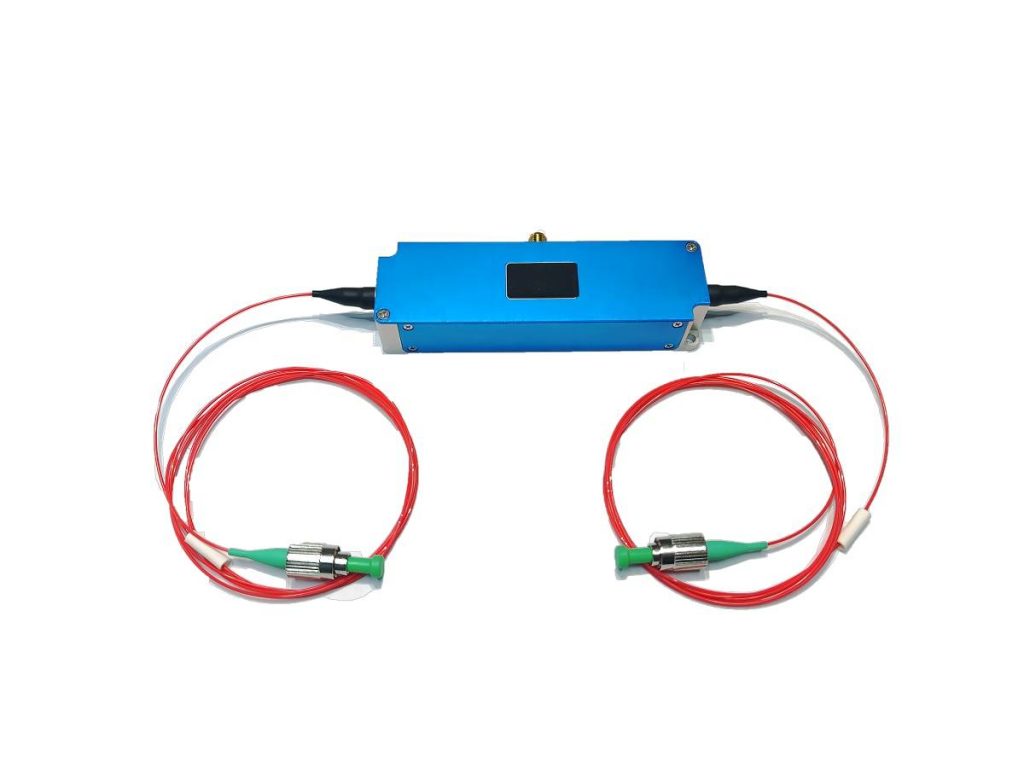
Mastering Passive Components
Passive components are essential building blocks of fiber optic communication systems, working in tandem with active components like AOMs to ensure reliable and efficient transmission of optical signals. From couplers and splitters to attenuators and filters, these components play a vital role in shaping, controlling, and distributing light within the network. SMART SCI & TECH has been engaged in the design and manufacturing industry of acousto-optic devices, mastering the best technology in this field for many years. If you want to get more information please contact us.

